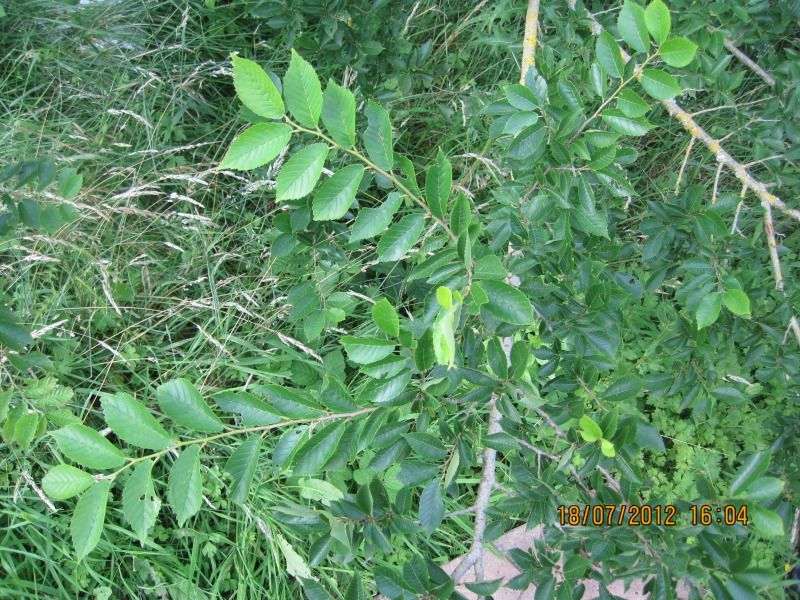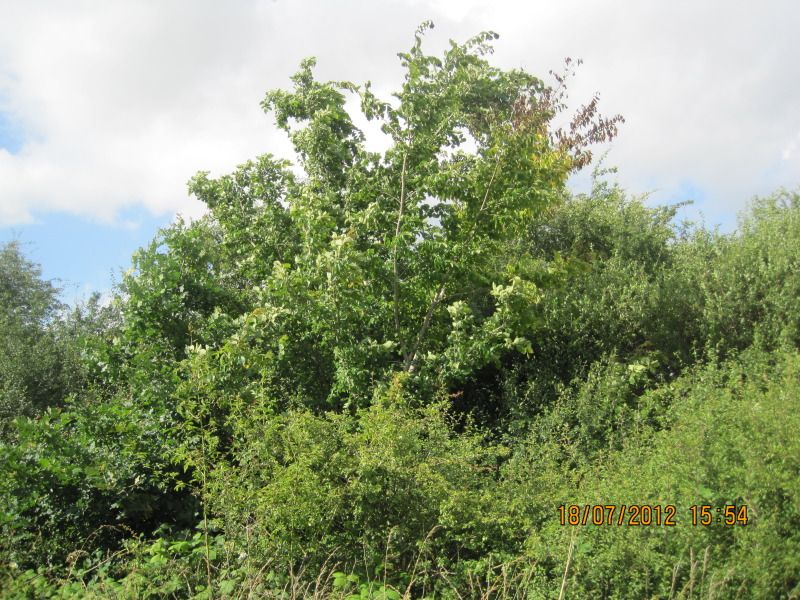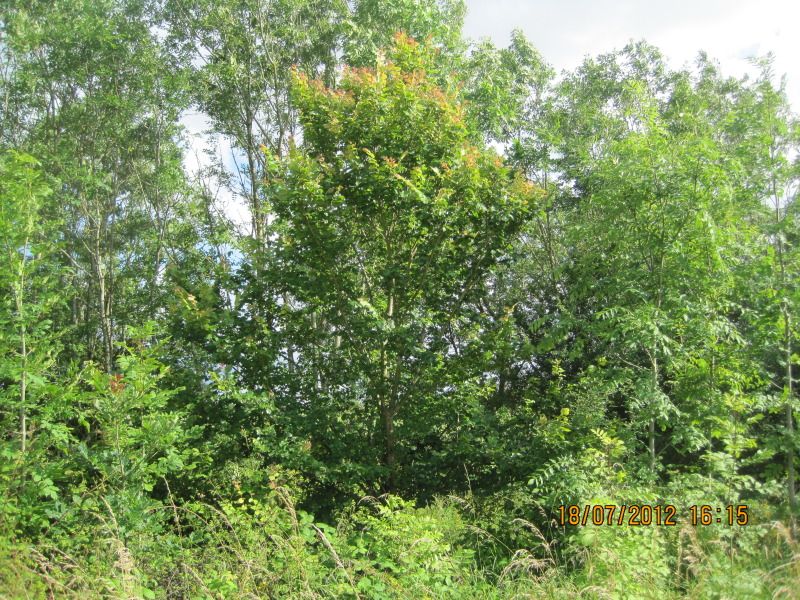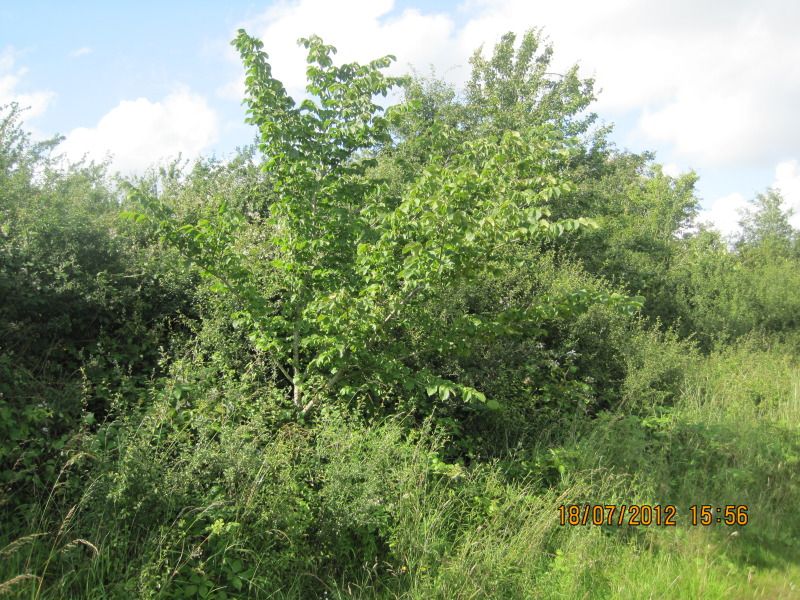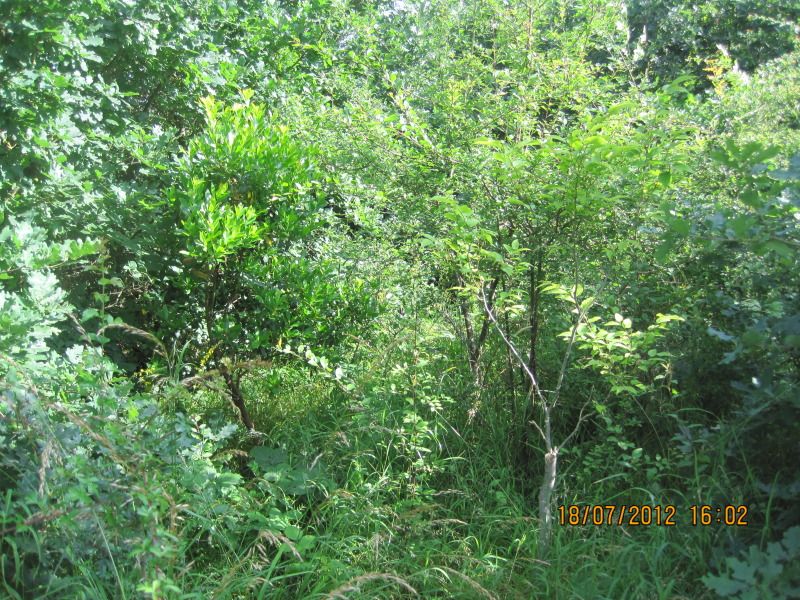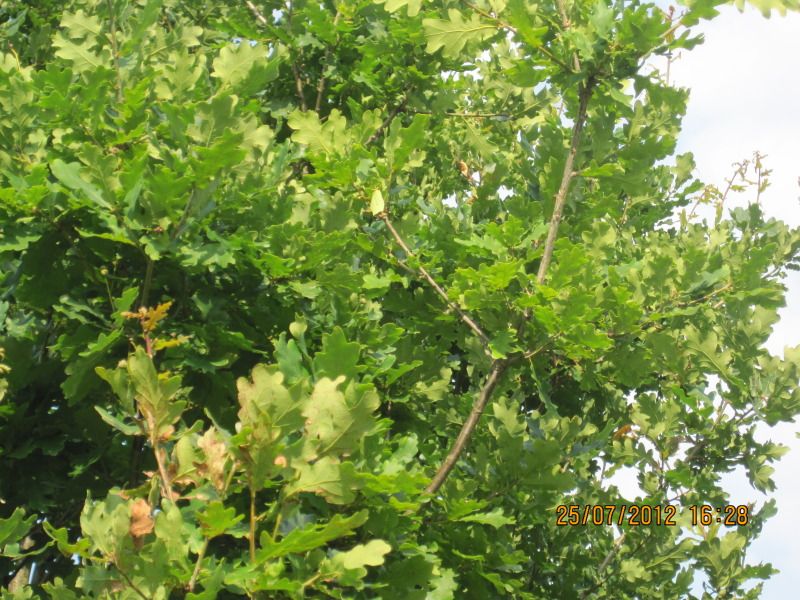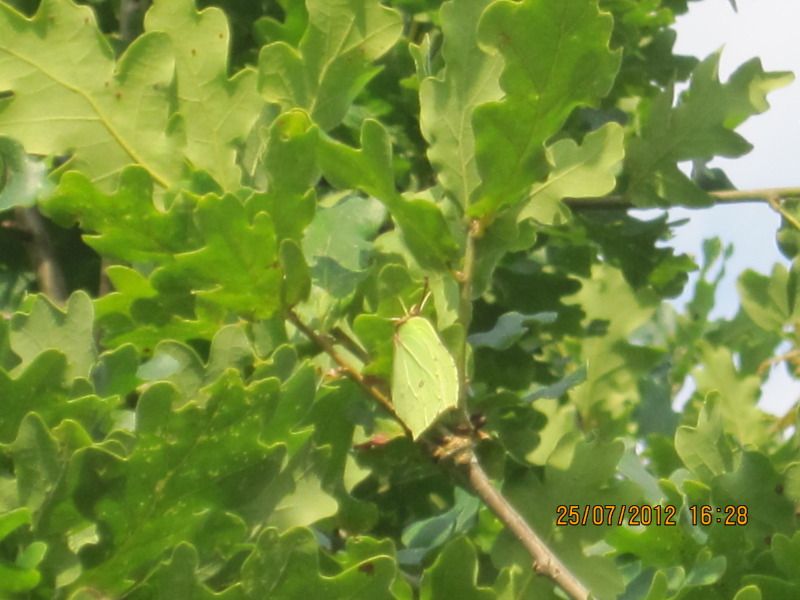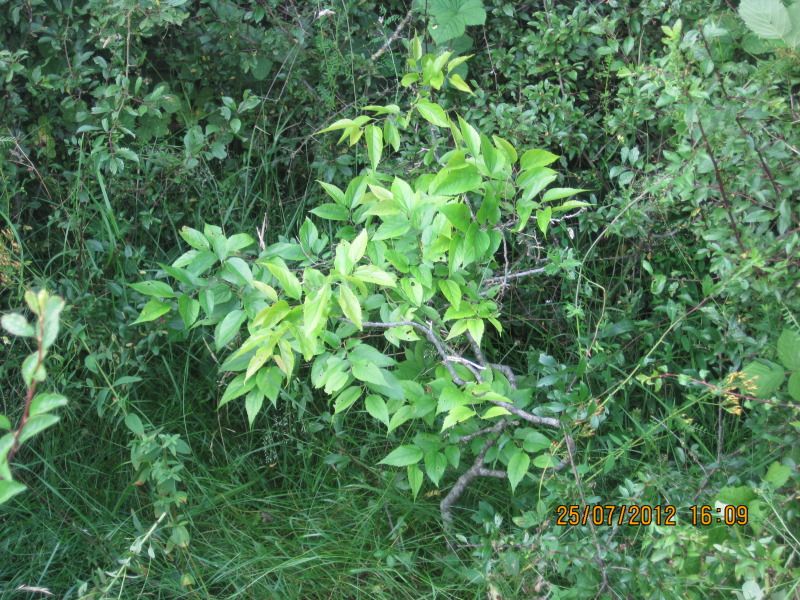I have several species of Elm ( Ulmus ) and close relative Celtis in my mini Nature Reserve. A few acres of unused farmland I bought over twenty years ago. English Elms have probably always been present in the hedge there. Suckers come up every years and succumb when they approach maturity. Suckers are healthy whilst the dead skeletons of once fine trees rot in the same hedges nearby. Once the bark reaches a certain maturity the beetles move in and then ...

I dug up seedling/sucker Elms many years ago and potted them in large pots. I used to breed a number of species of Apaturinae ( Purple Emperors ) and some of the finest species have Elm as their larval foodplant. All those once potted and almost Bonzai Elms and Celtis are now established trees ~ some now forty years old but, yet to attain the size of a forty year old tree although now quite tall and spreading. Back in the 1970s, I was given a small sapling species of Elm by someone involved with the study of White Letter Hairstreaks and their conservation. By sheer coincidence, he was with me when I found a single ovum of the WLH on Blackthorn whilst we were searching for ova of the Brown and black haitrstreaks... Funny old game .. Mother Nature ..

...I was told that it was an Elm species which shows resistance to the Elm disease. I still have that plant, now a substantial free growing tree. Over the years I took several cuttings from that Elm species and some of these are now trees say 5 metres or taller in height and thriving. So some species of Elm can be propagated that way. I also managed to grow a fine
Celtis Sinensis from a cutting which my Japanese Butterfly correspondent supplied with the comment that he did not think it would be possible. He had much more experience of these things than I had.. I have a slide of him standing next to that tree along with my son when he visited me... my son at the time was about four so it was about twenty five years ago. That tree was destroyed ten years ago along with a magnificent Strawberry Tree (
Arbutus unedo ) to make way for a double garage. It was far too big to transplant and the Strawberry tree was the size of a transit van. I reared a good number of Europe's largest butterfly on that Arbutus.
I do not know the name of this supposedly disease resistant Elm but, it's leaves resemble closely the tree in front of the entrance to Gloucester Royal Hospital which is a tree maybe seventy feet high and maybe over one hundred years old. The once magnificent Wych Elms to be seen in and around the city closeby I remember seeing as late as the early 1970s are all long gone victims of the disease. Not this magnificent tree though so just maybe. Here it is :~
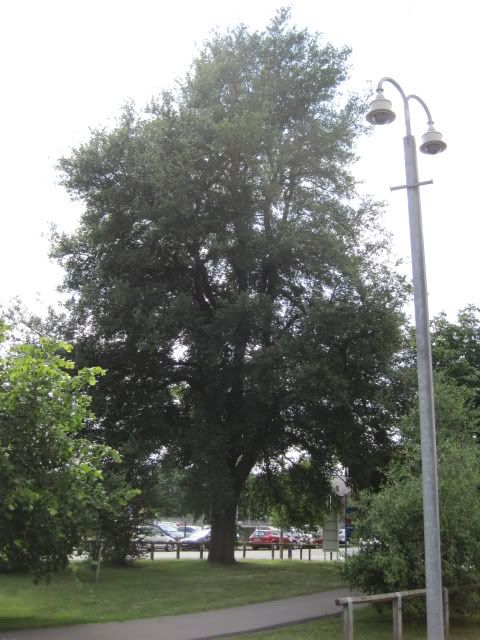
Some of my original potted Wych Elms retained their 'odd' potted shapes ( to fit in the breeding cages ) for many years after free planting out. All have now sent out a strong upright main trunk and so are beginning to look more like a Wych Elm should. Cannot remember if any of those original potted Elms were individual seedling plants or 'suckers' from underground roots. In any event, they thrived for years and supported many fine butterflies including many Commas as well as those fine Emperors.
In my experience, the WLH is one of those butterflies that is easily overlooked. It could be thriving not far from you and you wouldn't be any the wiser unless a chance observation gives the game away. I once saw a fresh female settle on the hot tarmac in the very centre of Gloucester Cross. Not pedestrianised then and passing traffic from all four directions missed it somehow as it was in the very centre of all the four roads.
EDIT to add:~
Digging up suckers and seedling trees.
I try to seek out the Landowners and politely ask permission. Not been refused yet and some folks even allow me access to their considerable grounds ( like 100+ acres of private broadleaved woodland ) to help myself once they are happy that you are both genuine ... and harmless...



